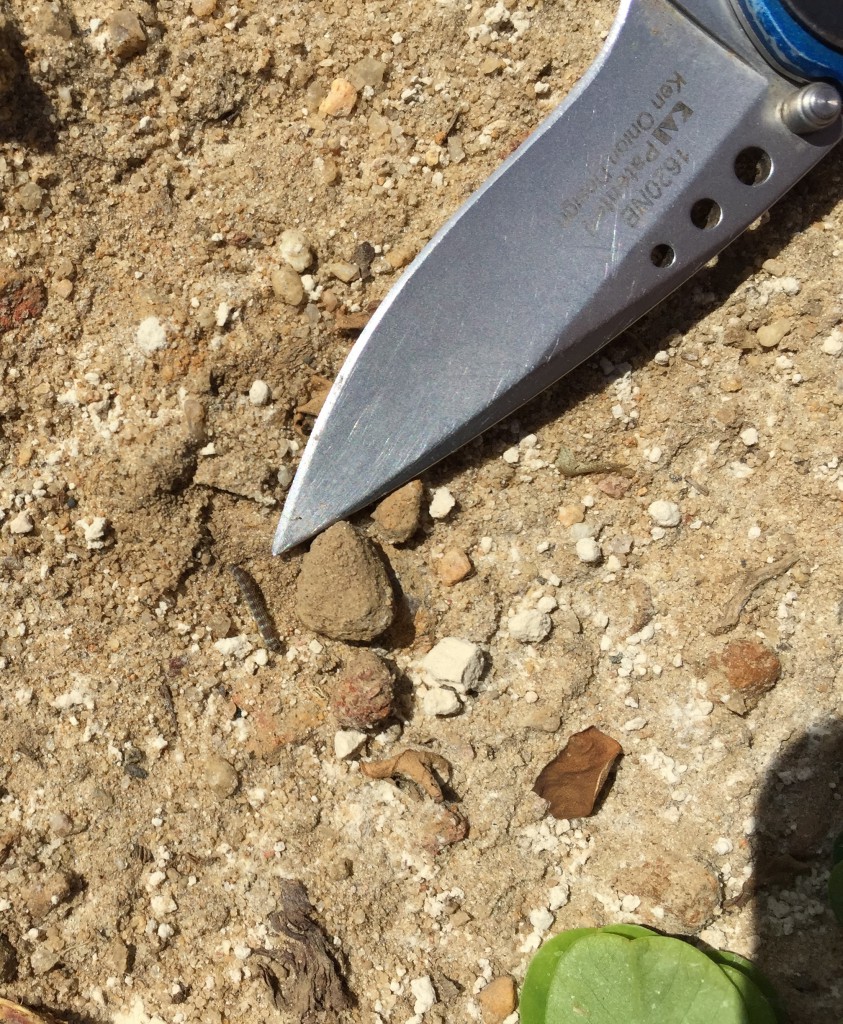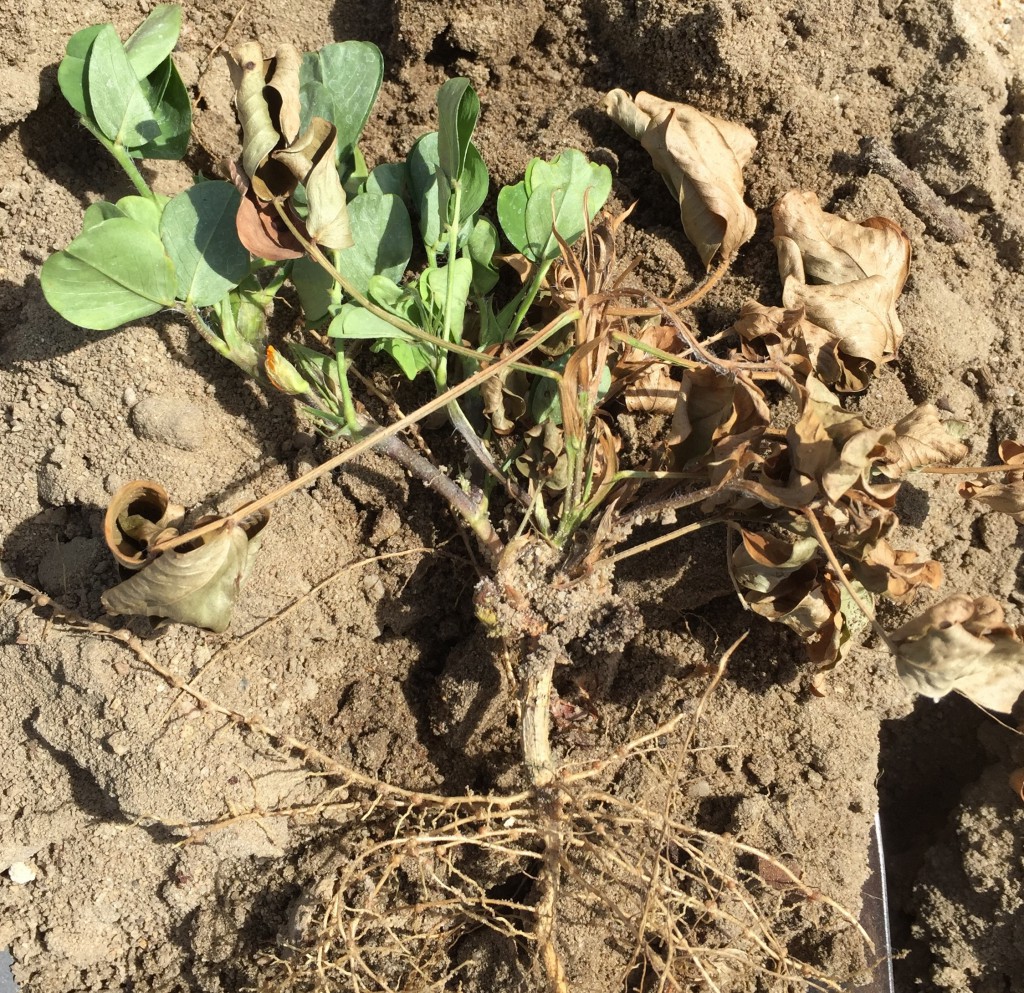
Hot and dry weather can bring on a myriad of issues for peanut farmers. Right now we are seeing lesser cornstalk borer infestations and they are on the rise. Growers should be scouting for moths, silk tubes at the soil line and caterpillars in their peanut fields. Bare, dry, hot soil is a favorite of LCB. Peanut fields with skippy stands have more bare soil. If worms are present in the field you will often observe them first in or near skips in the driest areas. You can get LCB in irrigated fields before canopy closure. Irrigation or rain will not completly eliminate lessers but numbers will likely decrease.
The UGA Peanut Team put together a video on scouting for lesser cornstalk borer it can be viewed here: https://site.extension.uga.edu/peanutent/2020/06/early-season-scouting-tips-for-lesser-cornstalk-borer-in-peanut/
Not all fields require treatment for LCB so make sure you are scouting and only treat fields when needed. There is not a single good number threshold for LCB. It depends on the fields yield potential and the number of insects present. Treatment options for lesser cornstalk borer in peanut include chlorantraniliprole (Prevathon) or novaluron (Diamond) applied as a broadcast foliar spray. Both products have good residual activity and should not flare other insect pests in peanut. When targeting LCB make sure you use large volumes of water to treat (15+ gallons per acre). The insects are found at the base of the plant at the soil line. They tunnel into the peanut stem and leave a silk tube that collects soil particles on the outside where they entered. Getting the insecticide to the base of the plant is critical. If you need assistance weighing your treatment options with lesser cornstalk borers reach out to your county agent.
